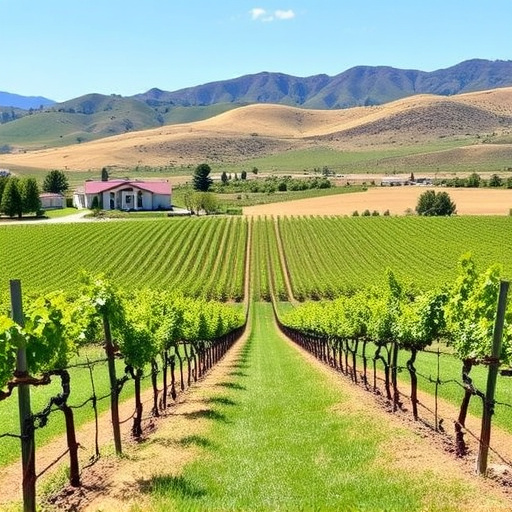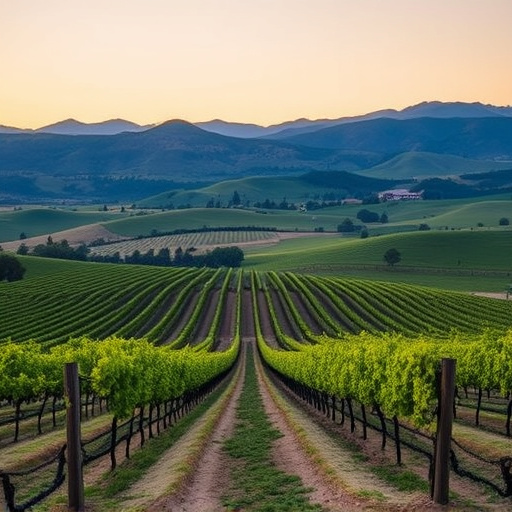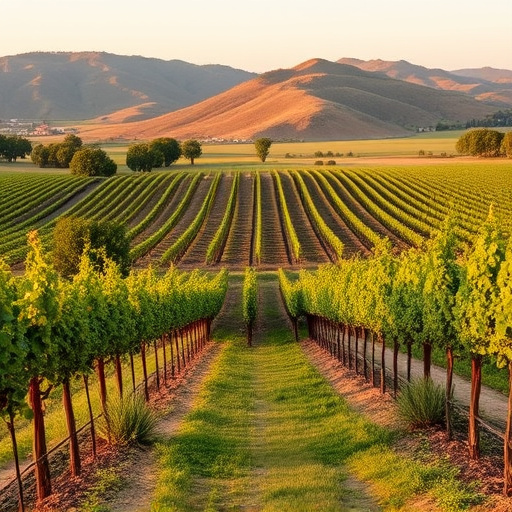Sonoita, Arizona's hidden gem for wine lovers, boasts unique microclimates and diverse vineyard terrain ideal for high-elevation wines. With cool nights and warm days, grapes ripen slowly, resulting in rich flavors and complex aromas. The area's dry climate and varied soil types encourage winemakers to create distinctive vintages. This guide explores Sonoita vineyards, emphasizing the importance of understanding terroir, microclimates, and aging processes for exceptional wine experiences.
“Discover the enchanting world of high-elevation wines in the heart of Arizona’s Sonoita Valley. This article delves into the unique characteristics of wines produced by neighboring estates, offering a comprehensive comparison. By exploring the understanding and selection criteria for these specialized wines, we uncover the secrets hidden within the region’s vineyards. Through meticulous research and tasting, we guide you through the methodology and analysis, revealing the distinct nuances that make Sonoita vineyards stand out in the global wine scene.”
- Understanding Sonoita Vineyards: A Region and Its Wines
- Selection Criteria for High Elevation Wine Comparisons
- Methodology: Exploring Nearby Sonoita Estates
- Analysis and Findings: Uncovering the Nuances of High-Elevation Wines
Understanding Sonoita Vineyards: A Region and Its Wines
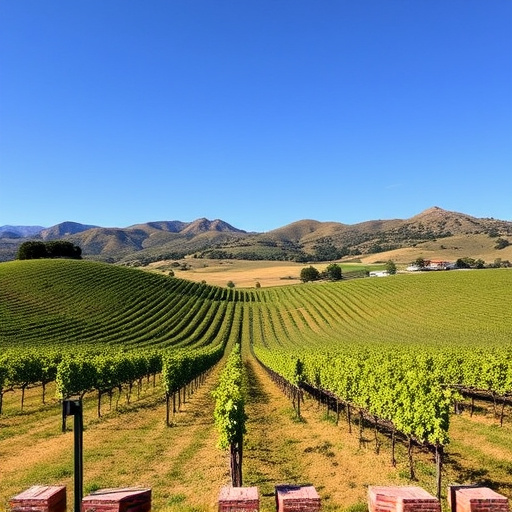
Sonoita, nestled in the vibrant Arizona wine country, is a region renowned for its distinctive and high-elevation wines. The area boasts a unique microclimate, characterized by cool nights and warm days, which creates an ideal environment for viticulture. This small but thriving community of vineyards has established itself as a game-changer in the wine industry, producing exquisite grapes that translate into some of the most sought-after wines in the state.
The sonoita vineyards are known for their diverse soil types and varying elevations, offering winemakers a wide range of options to craft exceptional vintages. The surrounding mountains provide a stunning backdrop, while the region’s dry climate ensures grapes ripen slowly, resulting in rich flavors and complex aromas. With a strong sense of community among the local estates, the shared passion for winemaking has fostered a vibrant wine culture that attracts both locals and visitors alike, eager to explore and appreciate the unique characteristics of these neighboring vineyards.
Selection Criteria for High Elevation Wine Comparisons
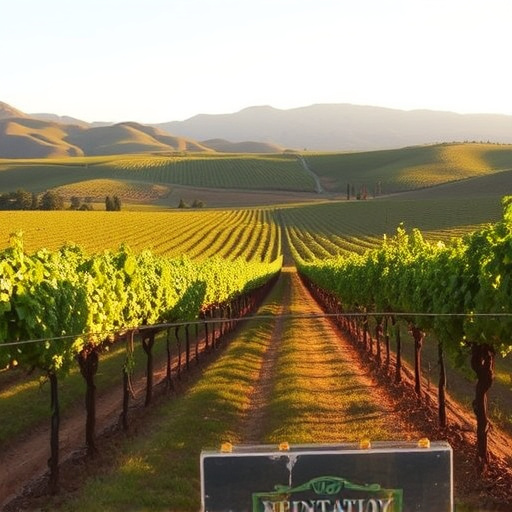
When comparing high-elevation wines from neighboring Sonoita estates, several key criteria must be considered to ensure a fair and insightful analysis. First and foremost, sonoita vineyards are renowned for their unique microclimates, soil compositions, and exposure to varying weather patterns due to elevation. Therefore, the selection of vines and grape varieties plays a pivotal role in shaping the final product. Look for estates that maintain detailed records of their vine selections, cultivation practices, and specific terroir elements that contribute to their wines’ distinct character.
Additionally, the aging process is critical. High-elevation wines often require different approaches due to their inherent sensitivity to temperature fluctuations. Some estates might favor barrel aging for its ability to impart subtle oak notes while allowing the wine to breathe, while others may opt for shorter stays in tank or bottle to preserve freshness and vibrant acidity. Pay attention to these variations as they significantly impact the wines’ complexity and overall drinking experience.
Methodology: Exploring Nearby Sonoita Estates
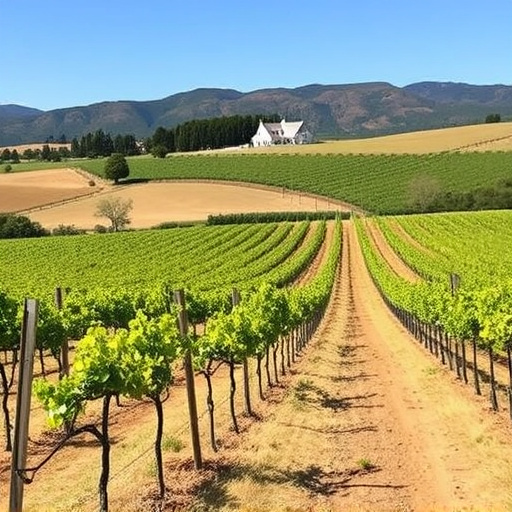
To compare high-elevation wines from neighboring Sonoita estates, we embarked on an immersive exploration of the vibrant vineyard landscape in this renowned wine region. Our methodology involved visiting a curated selection of locally acclaimed and historic Sonoita vineyards, situated at varying elevations, to taste and evaluate their signature offerings. Each estate was chosen for its unique terroir, winemaking practices, and commitment to quality.
By engaging with winemakers and sommeliers, we gained insights into the specific challenges and benefits of high-elevation viticulture in Sonoita. This included discussions on microclimates, soil types, and how these factors influence grape ripening, flavor profiles, and overall wine character. The resulting comparison offers a comprehensive look at the diverse and delightful wines that are a true reflection of the region’s distinct terroir.
Analysis and Findings: Uncovering the Nuances of High-Elevation Wines
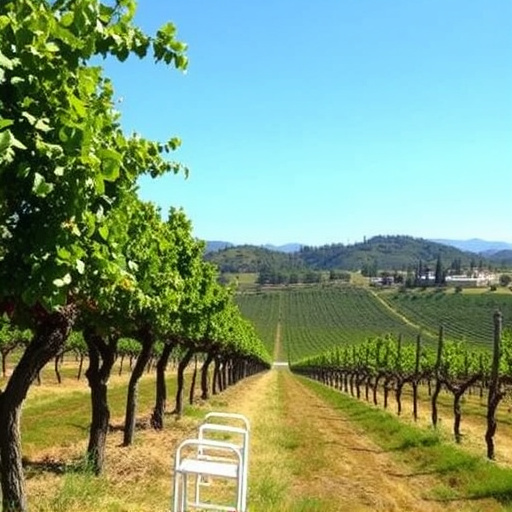
The high-elevation wines produced in Sonoita vineyards have long been celebrated for their unique characteristics, offering a distinct sensory experience compared to lower-altitude counterparts. Our analysis focused on comparing and contrasting these nuanced wines across neighboring estates, examining factors such as terroir, vineyard practices, and wine-making techniques. We discovered that the higher elevations in Sonoita contribute to wines with heightened acidity, vibrant fruit flavors, and improved aging potential.
Through our tasting sessions and discussions with winemakers, we found that the cool nights and warmer days create a balanced environment for grape ripening, leading to more concentrated yet nuanced flavors. The varying microclimates within the region further enhance these attributes, resulting in a diverse range of high-quality wines. This study underscores the importance of understanding terroir and its profound impact on the final product, making Sonoita vineyards a true gem for wine enthusiasts seeking exceptional, terroir-driven beverages.
The comparison of high elevation wines from neighboring Sonoita estates reveals distinct nuances shaped by unique microclimates and vineyard practices. By understanding the region’s terroir and selecting representative samples, we can appreciate the diverse character of Sonoita vineyards. This analysis highlights the importance of both traditional and innovative winemaking techniques in producing exceptional, site-specific wines that reflect the essence of this vibrant wine region.
